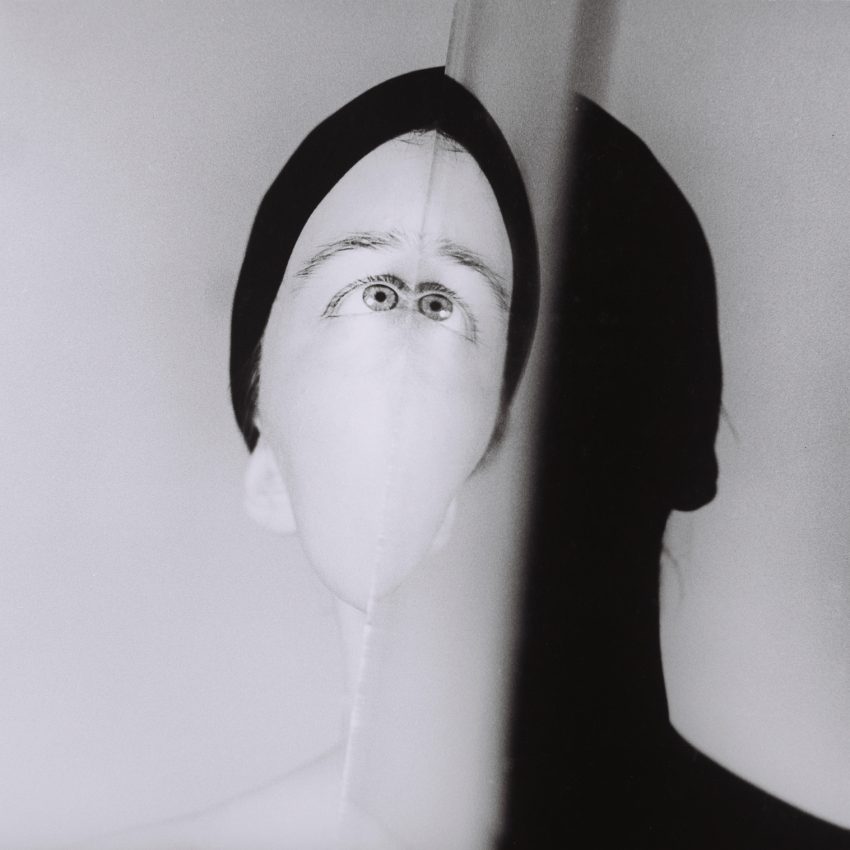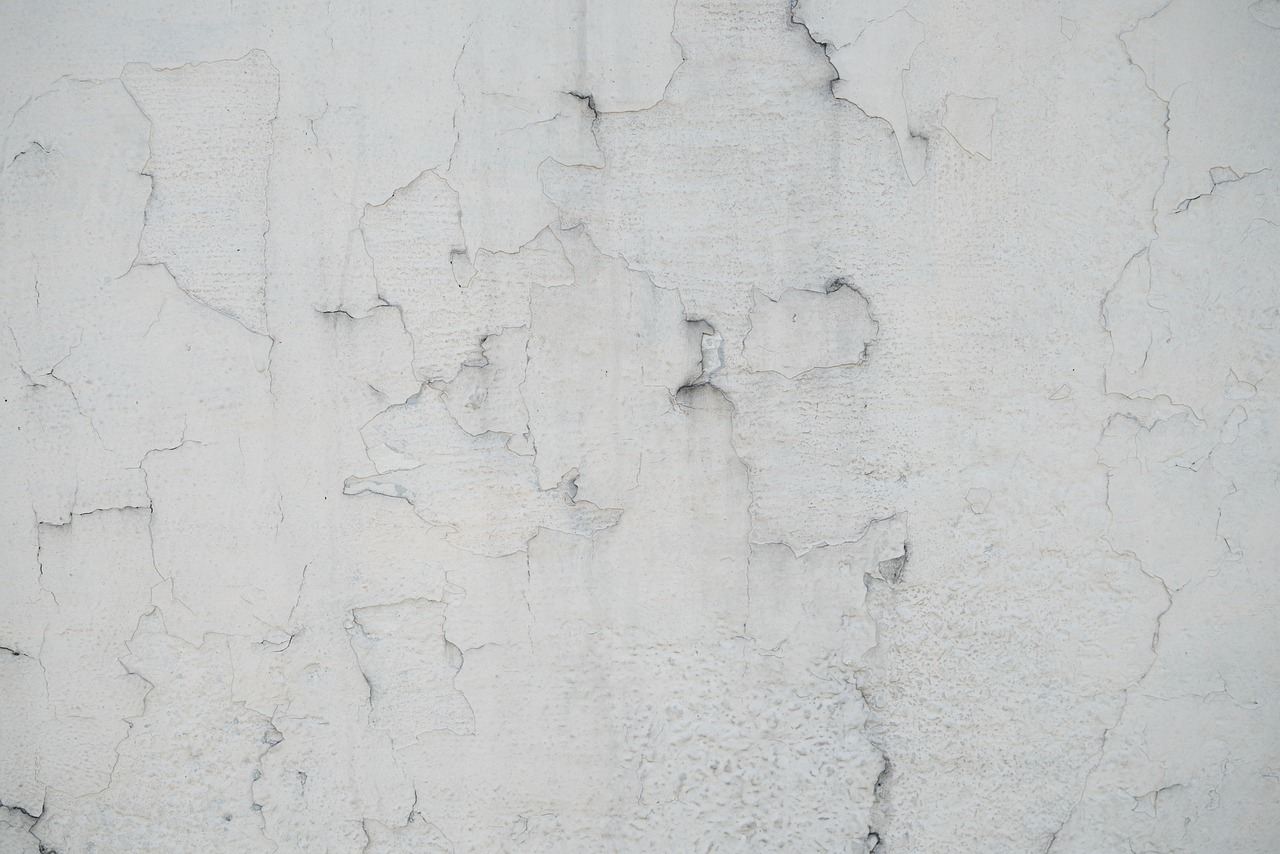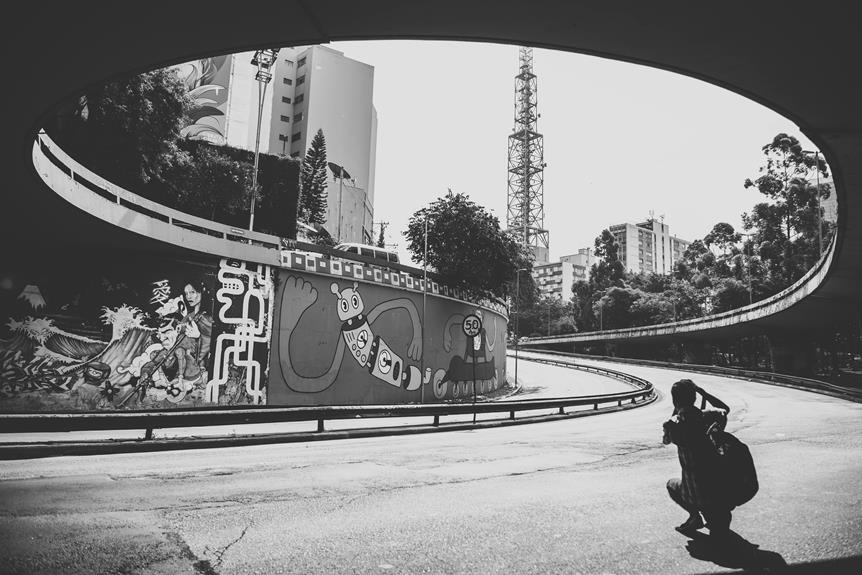The Artistic Brilliance of Bisa Butler
A Journey Through Quilt, Portrait, Colour and Culture
Early Life and Education
Bisa Butler, born Mailissa Yamba Butler in 1973, was raised in South Orange, New Jersey. Her father, a native of Ghana and a college president, provided a solid academic influence.
At the same time, her mother, who hails from New Orleans and has Moroccan roots, brought a multicultural perspective as a French teacher to their home.
Her elder sister could not pronounce her name, so Butler followed “Bisa” after that. Influenced by her family and early exposure to art, Butler’s passion for creativity blossomed from a young age.
Butler’s pursuit of artistic education took her to Howard University, where she majored in fine art, and later to Montclair State University, where she earned a master’s degree in art education.
At Montclair, she had a transformative experience in a Fiber Arts class, leading her to discover quilting as her chosen medium. This marked the beginning of her journey as the artist Bisa Butler in the realm of American art.
For thirteen years, she balanced her career as a high-school art teacher with her passion for quilting during her spare moments.
This choice of medium wasn’t just artistic but pragmatic as well—while pregnant and after her daughter was born, Butler found traditional oil paints and thinners too toxic to work with safely.
Despite the challenges, she remained dedicated to her craft, gradually honing her skills and artistic vision.
Initially, Butler’s exhibitions were intimate affairs, featuring portraits of her family and friends. These showcases took place in local churches and community centres, offering glimpses into her burgeoning talent to those in her immediate circles.
Though modest in scale yet hundreds of hours, these early exhibitions laid the foundation for Butler’s eventual rise to prominence in the art world.
Howard University
Bisa Butler’s artistic journey was significantly influenced by her time at Howard University, where she pursued a major in fine art and graduated cum laude.
During her tenure at the university, Butler immersed herself in the rich tapestry of artistic expression, delving into the works of influential artists such as Romare Bearden.
Attending lectures by prominent figures like Lois Mailou Jones gave her invaluable insights and perspectives on the art world.
Moreover, Butler was privileged to benefit from the mentorship of esteemed lecturers, including Elizabeth Catlett, Jeff Donaldson, and Ernie Barnes. Their guidance and expertise undoubtedly played a crucial role in shaping her artistic vision and honing her skills as a burgeoning artist.
Through their mentorship, Butler gained technical proficiency and a deeper understanding of the cultural and historical contexts that inform her work.
Howard University was a fertile ground for Butler’s artistic growth and exploration, laying the foundation for her future endeavours as a groundbreaking fibre artist.
The university’s commitment to nurturing creativity and fostering intellectual curiosity provided her with the tools and inspiration to embark on a transformative artistic journey that would redefine the boundaries of contemporary art.
Challenging Artistic Paradigms: Butler's Defiance of Traditional Norms
Bisa Butler is a vibrant force in the art world, daring to defy conventional artistic norms with her groundbreaking approach.
Through her textile portraits, she challenges the prevailing standards of representation by intertwining intricate narratives that celebrate cultural diversity and empower marginalised voices.
In each stitch and hue, Butler deftly weaves stories that transcend mere aesthetics; they serve as powerful statements against conformity and exclusion.
In a realm where traditional mediums often dictate boundaries, Butler fearlessly breaks through limitations to offer a fresh perspective on storytelling through textiles.
By infusing her creations with spirited colours and bold patterns, she dismantles the notion that art must adhere to predetermined forms or themes.
Her work speaks volumes about the transformative power of diverging from established conventions, inviting viewers to reevaluate their preconceptions about what art should be, a discussion highly relevant in places like the Smithsonian American Art Museum.
With each piece, she beckons us to embrace authenticity over uniformity and ingenuity over conventionality—a call to arms for artists and spectators alike to venture beyond comfort zones into uncharted territories of creativity.
Artistic Inspiration and Technique
Drawing from her African heritage and African American quilting traditions, Butler’s work is characterised by vibrant colours, intricate patterns, and meticulous attention to detail.
She often incorporates kente cloth and African wax prints, infusing her quilts with rich cultural significance.
Butler’s bold colours and patterns represent her subjects and convey their emotions and experiences.
Inspiring a Textile Revolution
Bisa Butler’s awe-inspiring creations are not just art pieces; they represent a revolution in contemporary art, especially mapping her significant presence in venues like the Smithsonian American Art Museum in 2023.
Her unique fusion of quilting techniques with portraiture challenges traditional notions of what constitutes fine art.
By elevating textiles to museum-worthy masterpieces, Butler is redefining the boundaries of artistic expression and leading a movement that celebrates diversity and inclusivity.
Her handcrafted textile portraits demand attention and reverence in a world saturated with digital imagery. As seen in her exhibits at the Katonah Museum of Art, they infuse galleries with vibrant colours and powerful storytelling.
Shaping Cultural Narratives through Threads
Bisa Butler’s approach to quilting is deeply rooted in her desire to challenge historical marginalisation and celebrate the complex individuality of her subjects.
Through her strategic use of textiles, a medium often overlooked or dismissed, Butler interrogates the marginalisation experienced by the individuals she portrays while simultaneously elevating their stories to the forefront.
By employing scale and subtle detail, she imbues her quilts with a profound sense of humanity, inviting viewers to engage with themes such as family, community, migration, and artistic and intellectual legacies.
With meticulous care, Butler tactically handpicks fabrics, leveraging their historical significance or visual imagery to fortify the narratives she conveys in each quilt.
Through the intricate layering of materials and meanings, Butler breathes vitality into both personal and historical narratives of Black life, beckoning viewers to scrutinise closely and contemplate the potential and essence of portraiture.
Her process is deeply intertwined with historical narratives, as evidenced by her choice of subjects. For instance, the photograph Butler utilised for one of her pieces is a 1919 black and white photograph of the “369th Infantry Regiment,” famously known as the Harlem Hellfighters, from World War I.
Butler says, “My work is to continue to lift them in history so they can be seen in public spaces, where their heroic sacrifices become part of the American quest to fight against oppression and for freedom.”
This statement encapsulates Butler’s commitment to honouring the contributions and sacrifices of the Harlem Hellfighters and ensuring their rightful place in American history.
Beyond aesthetics, Bisa Butler’s work is a beacon for social commentary and cultural exploration. Each stitch in her intricate tapestries weaves African American history, identity, and resilience narratives.
Through her vivid use of fabrics from around the globe, Butler creates visual dialogues that transcend borders and periods, aligning her work with the expansive nature of American art.
Her ability to imbue each portrait with layers of meaning resonates deeply with viewers from all walks of life, sparking conversations about representation, heritage, and empowerment on a global scale. Butler’s intricate textile art at the Claire Oliver Gallery is a stunning example of her use of colours and storytelling.
First Exhibition of Quilted Portraits
In her first solo museum exhibition, “Bisa Butler: Portraits,” Butler showcases over 20 quilted portraits offering an expansive history view.
The exhibition, co-organized by the Art Institute of Chicago and the Katonah Museum of Art, marked a pivotal moment in Butler’s career. It provided her with a platform to showcase her distinctive style and innovative approach to quilting as an art form.
Drawing from a diverse array of influences, including family photo albums, the philosophies of AfriCOBRA (African Commune of Bad Relevant Artists), Romare Bearden’s collages, Faith Ringgold’s quilts, and Gordon Parks’s photographs, Butler weaves together a tapestry of narratives that reflect the richness and complexity of the human experience.
Despite working exclusively with fabric, Butler’s methods remain interdisciplinary. She draws inspiration from photographs for her compositions and figural choices, employing techniques akin to painter’s techniques by layering fabrics like glazes and using thread to add detail and texture.
This synthesis of techniques allows Butler to breathe life into her portraits, capturing the essence and vitality of her subjects in every stitch.
By collaborating with prestigious institutions like the Art Institute of Chicago and the Katonah Museum of Art, Butler’s work was brought to a broader audience and garnered recognition and acclaim within the art world.
Butler’s vibrant quilted portraits were celebrated through this exhibition for their profound storytelling and cultural significance, cementing her status as a trailblazer in contemporary art.
Butler’s journey to quilting began during her studies at Montclair State University, where she created her first portrait quilt, “Francis and Violette (Grandparents).”
Trained as a painter at Howard University, she transitioned to textile-based practice, specifically as a fibre artist, to infuse her work with vibrancy and dimension, introducing textures such as velvet to her pieces.
The practicality of working with fabrics also allowed her to continue her artmaking while pregnant and after the birth of her daughter.
In embracing textiles, Butler found a medium that resonated with her and reconnected with her family history.
Drawing upon the sewing skills passed down from her mother and grandmother; she positioned herself as a pivotal figure in the lineage of fibre artists.
Through her innovative approach to quilting, Bisa Butler challenges conventions, redefines the boundaries of fine art, and amplifies the voices of those who have been historically marginalised.
Her work serves as a testament to the power of storytelling and the enduring legacy of the human spirit, embodying the essence of American art.
She has works in the “permanent collections” of institutions like the Art Institute of Chicago and the Smithsonian National Museum of African American Art and has had solo shows at institutions like the Katonah Museum of Art.
Most recently, “The Jeffrey Deitch Gallery” hosted “The World Is Yours,” an exhibition of Butler pieces inspired by hip-hop artist Nas.
Portrayal of Black Americans
Her portrayal of past and present black America is central to Butler’s artistic vision.
From iconic historical figures to anonymous individuals sourced from found photographs, Butler’s quilts serve as poignant narratives celebrating Black culture’s resilience, beauty, and diversity.
Through her art, she seeks to resurrect forgotten stories and elevate the voices of marginalised people.
The Metropolitan Museum of Art and the New Museum showcased Faith Ringgold’s “story quilts,” which employ fabric and, unlike Butler’s works, incorporate paint to portray Black people’s lives, identities, and histories.
In many ways, Kehinde Wiley, renowned for the portrait of former “President Obama” at the National Portrait Gallery, is part of this renaissance.
His portraits riff on old European masters, yet he depicts Black subjects against flamboyant floral backgrounds, infusing the traditional genre with modernity.
Bisa Butler's Artistic Legacy and Future Potential
Recognition and Impact
Butler’s groundbreaking work has garnered widespread recognition and acclaim, earning her a prominent place in art. Her quilts are featured in prestigious institutions such as the Smithsonian National Museum of African American History and Culture and the Art.
Institute of Chicago. Her commissions for Time magazine covers, among other accolades, highlight her influence on contemporary visual culture.
As we delve into Bisa Butler’s profound tapestry of artistic oeuvre, key takeaways emerge that imprint on the viewer’s soul.
Through her vibrant use of colour and select fabrics like velvet, Butler adorns her subjects with intricately layered textiles and infuses them with vitality and empowerment, marking her signature in artist Bisa Butler’s creations.
Her ability to capture the essence and individuality of each person she portrays goes beyond mere representation; it celebrates their stories, struggles, and triumphs, epitomising the depth of American art.
By intertwining cultural narratives in her textile portraits, Butler creates a visual symphony that resonates with audiences worldwide.
Looking towards the horizon of possibilities for Bisa Butler’s career unveils an exciting trajectory filled with promise and potential.
As she continues to push boundaries in textile artistry and redefine traditional notions of portraiture, one can’t help but anticipate how her work will evolve further, possibly incorporating more materials like velvet into her fibre art.
With each new creation, there is the opportunity for deeper exploration into identity, history, and belonging themes.
Artists like Bisa Butler remind us of the transformative power embedded within art—a power that transcends time and space to connect us all through shared human experiences.
The future undoubtedly holds endless avenues for Butler to illuminate our world with her unparalleled talent and vision.







